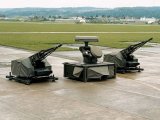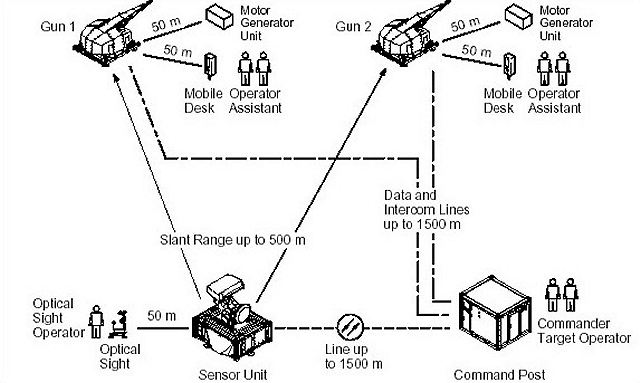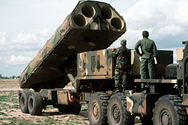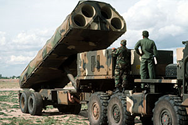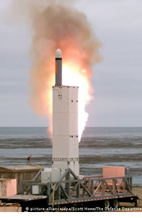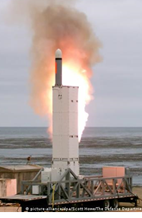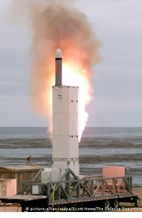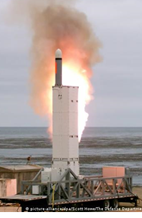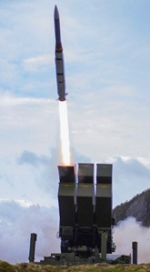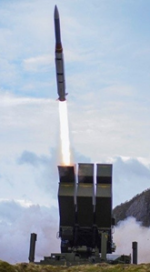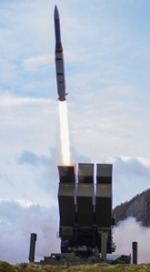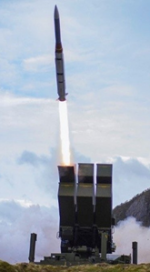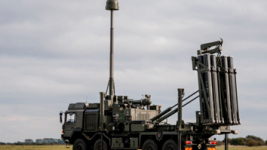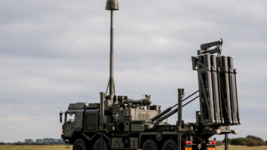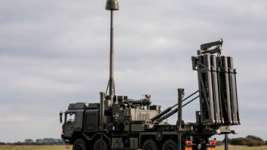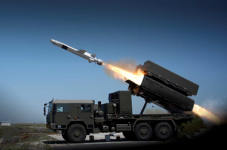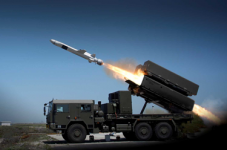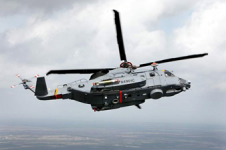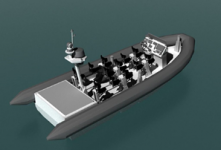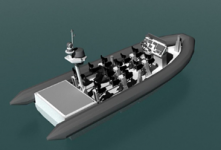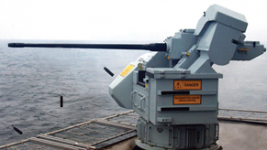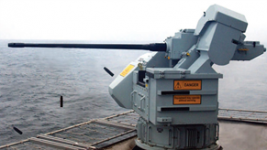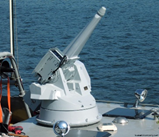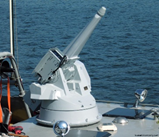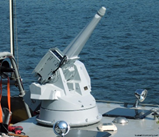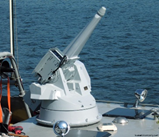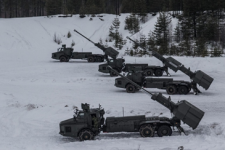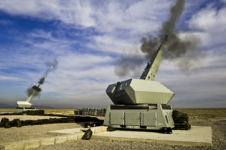You know, just looking at that picture, and thinking about the AD AT discussion. I get that there is a cost to ammunition. I get that Air Defence is indeed a specialization that requires particular skills.
But here is where I find myself bumping up against a problem.
How do the navies of the world manage to deal with surface threats, subsurface threats, aerial threats, missiles, boats and smugglers with an array of multiple caliber guns, missiles, torpedoes and troops transported by jackstay, boat and helicopter from one single room surrounded by all the systems and accessed from comfy seats?
View attachment 66437
And yet the army needs separate capbadges and colonels to perform similar jobs.
I have been wanting to weigh in on this topic for the past few days but have not had the time.
Unfortunately Kirkhill, you are comparing Apples and Oranges. The way Ships fight and organize themselves is fundamentally different from the Army. There are a number of reasons for this:
Command, Charge & Control
Firstly, as it relates to Command and Control, the big difference between Naval Forces and Land Forces is that every single soldier on the ground is able to manoeuvre independently and has freedom of action, right down to the individual rifleman within a section. This is not the case at all in the Navy. The only one actually Manoeuvring the Ship in the Navy is the Officer of the Watch.
Likewise the concept of Control in the Navy is different from the Army. In the Navy all control is centralized in the hands of the Commanding Officer. Control deals with three different aspects:
- Control of Ship's Movements
- Control of Fighting Equipment and Sensors
- Tactical Employment
The Commanding Officer has the ability to delegate control and this is done either verbally, through Captain's Standing Orders or Battle Orders (which are classified). An example of this would be Control of Tactical Employment of the Helicopter. Normally the CO retains Control of the Helicopter but may delegate Launch and Recovery IAW the Flying Program to the Operations Room Officer which means the ORO has the CO's permission to order the launch and recovery of the Helicopter as long as it is IAW the Flying Program.
The Commanding Officer retains Command at all times and ultimately is responsible for everything that happens. Command, unlike Control cannot be delegated.
A third concept that is unique to the Navy is Charge. Charge is "The responsibility vested in the Commanding Officer for the proper and safe movements and operation of the ship and her company". Charge can be delegated and the Officer of the Watch who is the CO's representative when they are not present holds Charge of the Ship. When an Officer holds Charge, they have authority over everybody on the Ship with the exception of the CO and the XO and are essentially there to ensure things are done properly and safely. The ORO may have been delegated Control but the Officer of the Watch still holds Charge and if there is a disagreement over something, it's their duty to inform the Commanding Officer.
Now where am I going with all of this?
Really it's to highlight how the Navy is fundamentally different from the Army in many respects when it comes to Command and Control.
There are really only three people on a Naval Vessel that actually fight the Ship:
The Commanding Officer
The Operations Room Officer; and
The Officer of the Watch.
Everyone else has a roll they have to play but it is ultimately to support those three individuals and the latter two ultimately support the Captain who is the final authority on all matters.
Employment of Sensors & Weapons
The second difference between the Land and Naval Environment is the Ship itself. For the most part, Warships are heavily automated. The complex software and combat management suites that manage the fighting equipment and sensors can actually, for the most part fight themselves. Humans are there for fact checking and decision making because the machines themselves are sometimes too good.
I won't describe in great deal how this works because a lot of this stuff can easily stray in to the realm of classified and need-to-know but essentially you could in theory set the combat systems to automatic and the Ship would fight itself without human input. The human input is there to make sure we don't do things like shoot down civilian aircraft, inadvertently launch missiles, etc.
In order to understand how an Ops Room works you need to really visualize it as if it's the inside of an MBT where all the operators are loaders, the SWC and ASWC are gunners and the ORO is the Crew Commander. The Ship is ONE Manoeuvre Element.
You can't organize a Land Force the same way because if you take for instance, a Mechanized Infantry Company with LAVs, already you can see how much more difficult Command and Control is with 15 IFVs, 100+ dismounts capable of acting independently, different weapons systems with decentralized control. ONE vs MANY.... CENTRALIZED vs DECENTRALIZED
Functional & Fighting Organization
Your understanding of how a Ship is organized and it's departments work is inaccurate. That's because a Ship has a Functional Organization and a Fighting Organization and depending on what they are doing will determine what organization people answer to and fall under.
The Fighting Organization consists of Specialized Teams that serve a combat/operational function and form for a specific reason.
The Functional Organization is administrative in nature and exists for routine administration and personnel management.
The Departments themselves, Operations, Engineering, Combat Systems, Deck, Logistics, are all part of the Functional Organization and members belong to these departments. When conducting evolutions and sailing though, members fall under the Fighting Organization which is governed by the Watch and Station Bill and is distinct from the Functional Organization.
A great example of this would be when the Ship is brought to Emergency Stations. I am a watchkeeper and normally fall under Operations (which is my functional organization) but if I am off-watch, I will go to my Section Base and belong to the Damage Control Organization at that point.
This distinction doesn't exist in the Army. The functional and fighting organizations are the same.
The point I'm trying to make is that Navies and Armies are different. The way they do things are different but there are very valid reasons for this.
